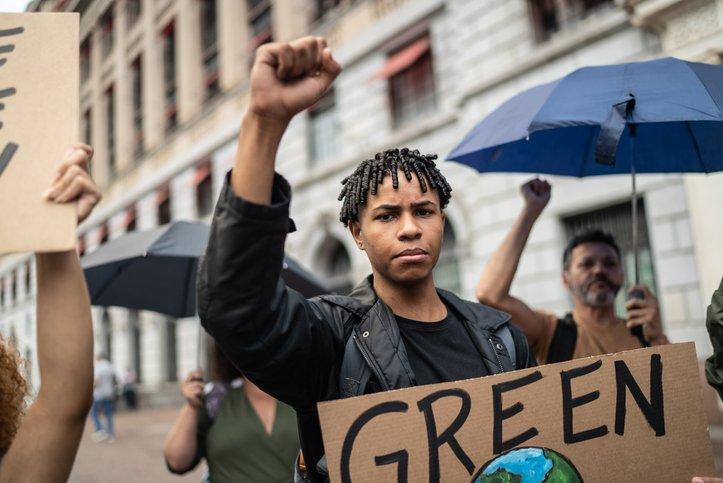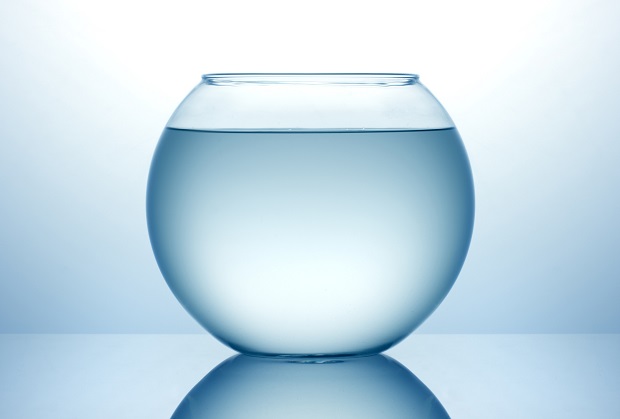
Happy Earth Day! The first Earth Day was established to bring visibility to the damage caused by fossil fuels and make the issue part of the national agenda. The first Earth Day was celebrated on April 22, 1970. More than a billion people and 196 countries participated in Earth Day annually as of 2020.
Despite the worldwide knowledge that if global temperatures increase by just 11 to 14 degrees Celsius, most areas that humans inhabit would become inhabitable, we continue to drive gas-powered cars that pollute at ridiculous levels. We do not reuse or recycle as we should and destroy our oceans with plastic and other pollutants.
The colonization of the globe in pursuit of white supremacy is directly responsible for the destruction of the environment. One blatant example is the white-male-led campaign fueled with lies and hatred to outlaw cannabis, feeling that it threatened their business. Colonization also brought industrialization and enslaved Africans to work vast sugar fields. Sugar fueled the world’s desire for the labor of enslaved Africans and destroyed the lands along with the lives left behind. Now, high-sugar diets continue to impact Black and Brown people’s health at disproportionate rates, echoing a history of harmful work in the sugar fields. The cycle of enslavement, racism, and injustices is unrelenting.
Hurricane Katrina and the U.S. government’s treatment of its less privileged and less affluent communities of New Orleans was inhumane, but by design. Redlining made sure of that. If you are Black or Hispanic, you are more likely to live near a toxic environmental risk. Black and Hispanic people are 40 percent more likely to breathe polluted air, and more likely to live in overcrowded homes in disrepair, leading to more health issues and deaths as a result.
Environmental racism is the disease, and environmental justice is our targeted treatment. Much like other mechanisms of racism and oppression, environmental racism is dependent upon people and policies to execute its injustice. Environmental racism is a tool to further white supremacy.
Environmental racism is defined as “racial discrimination in environmental policymaking, the enforcement of regulations and laws, the deliberate targeting of communities of color for toxic waste facilities, the official sanctioning of the life-threatening presence of poisons and pollutants in our communities, and the history of excluding people of color from the leadership of the ecology movements.”
Air pollution and extreme heat are killing inner-city residents at alarming rates, trends which will only continue to rise as climate change continues. It is cheaper for industries to operate in poor and minoritized communities as the hurdles to get there are lower, as are fines if they were to get caught in wrongdoing. Living close to industry and in areas lacking outdoors or green space leads to increased mental-health challenges — further exacerbated by BIPOC lack of accessibility to health and mental-health support services. Black renters pay more for energy than their white counterparts. It’s a vicious cycle of oppression and disparities directed at BIPOC individuals.
The environment, and environmental justice, are critical to our calls for racial justice. Racial justice is critical to environmental justice. We cannot separate justice from the systems of oppression which disable them. Neighborhoods were determined through redlining and other forms of housing discrimination long before the effects of climate change were felt. Our calls for equality must be met with equity. The starting and ending need to be shared for greater good of humanity.
This Earth Day, I hope we all consider the continued execution of environmental racism and seek to increase awareness and actions supporting environmental justice. Identify your spheres of influence and act within them to do your part!

















